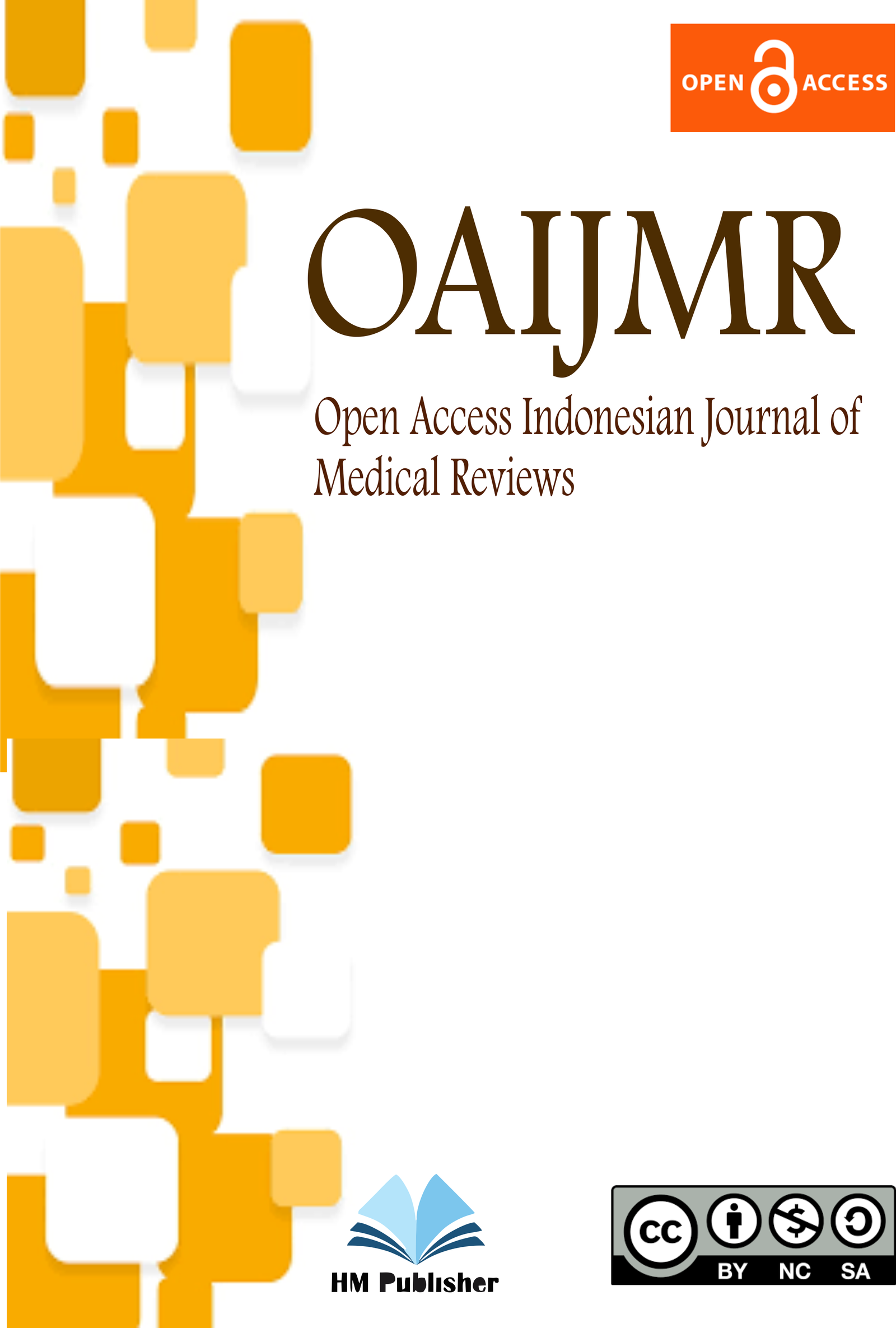Main Article Content
Abstract
Transcatheter aortic valve replacement (TAVR) has become an alternative to surgical aortic valve replacement (SAVR) for high-risk patients with severe aortic stenosis (AS). This meta-analysis aims to compare the long-term outcomes of TAVR and SAVR in this population. A systematic search of PubMed, Embase, and the Cochrane Library was conducted up to December 2023. Randomized controlled trials (RCTs) and observational studies comparing TAVR and SAVR with a minimum follow-up of one year were included. The primary outcome was all-cause mortality. Secondary outcomes included cardiovascular mortality, stroke, myocardial infarction (MI), and rehospitalization. Twenty-three studies involving 15,482 patients (TAVR=7,785, SAVR=7,697) were included. The mean follow-up period was 3.2 years (range 1-5 years). There was no significant difference in all-cause mortality between TAVR and SAVR (Hazard Ratio [HR] 1.02, 95% CI 0.95-1.09, p=0.63). Similarly, there were no differences in cardiovascular mortality (HR 1.05, 95% CI 0.96-1.15, p=0.28), stroke (HR 0.98, 95% CI 0.87-1.10, p=0.75), or MI (HR 0.94, 95% CI 0.82-1.08, p=0.39). However, TAVR was associated with a lower rate of rehospitalization (HR 0.85, 95% CI 0.78-0.93, p=0.001). TAVR is a viable alternative to SAVR in high-risk patients with AS, demonstrating comparable long-term survival and safety outcomes. The reduced rehospitalization rate associated with TAVR may be an important consideration for these patients.
Keywords
Article Details
Open Access Indonesian Journal of Medical Reviews (OAIJMR) allow the author(s) to hold the copyright without restrictions and allow the author(s) to retain publishing rights without restrictions, also the owner of the commercial rights to the article is the author.





